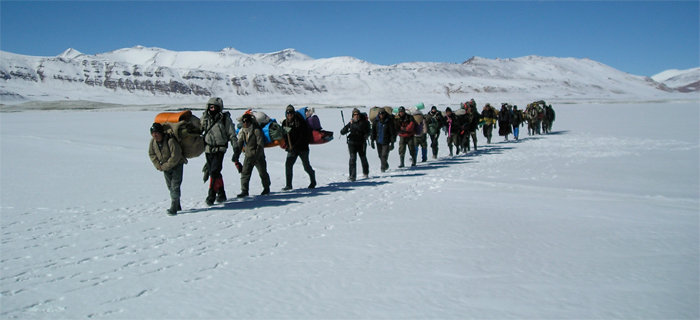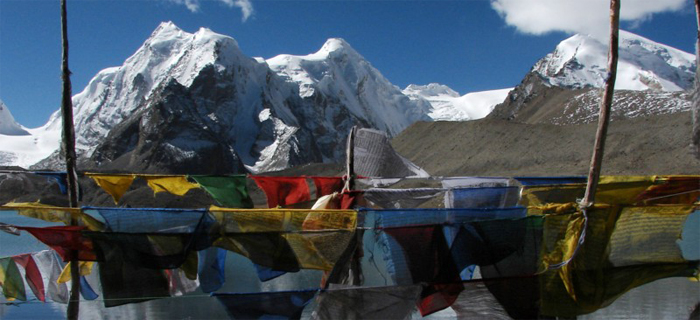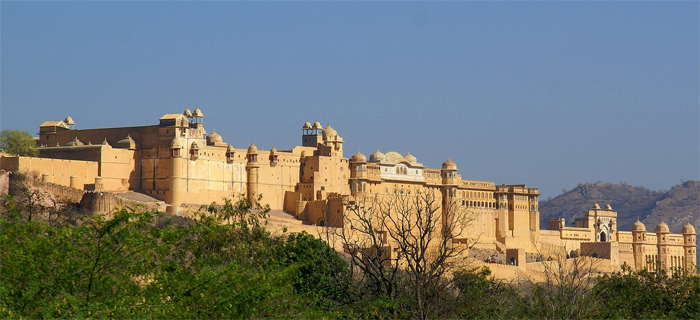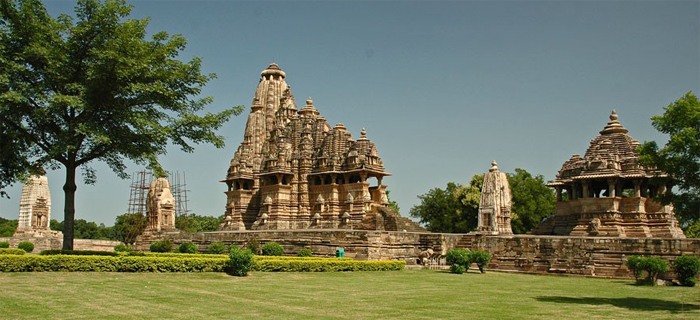About India
General Information
India is the second largest country in Asia by area and seventh in the world, situated in South Asia. India is the second largest populated country in the world after China. India is a fastest growing major economies; it is considered newly industrialized country. India is a Nuclear weapon state and a regional power and ranks tenth in military expenditure among nations. India is a federal constitutional republic governed under a parliamentary system consisting of 28 States and 7 Union Territories. India is a pluralistic, multilingual and multiethnic society. It is an also home to a diversity of wildlife in a variety of protected habits.
History of the India
The history of India begins with evidence of human activity. The Indus Valley civilization which speared and flourished in the northwestern part of Indian Subcontinent was the first major civilization in India. A technologically advanced urban culture developed in the Mature Harappan period. In Iron Age Civilization north part of India get a new civilization known as Vedic Civilization. It extended over much of the Indo – Gangetic plain. Magadh, Mahavir and Gautam Buddha were born in 6th and 5th century BCE and propagated their Sramanic philosophies.
During the 4th and 3rd centuries BCE, Murya Empire conquered almost all sub-continent. It subsequently because fragmented, with various parts ruled by numerous middle kingdoms for the next 1500 years. This period is known as classic period of Indian history. In this period India has estimated to have had the largest economy of the ancient and medieval world, controlling between one third and one fourth of the word's wealth up to 18th century.
During 4th century CE northern and central India was once again got united under the Gupta Empire. This period, witnessing a Hindu religious and intellectual resurgence, is known as the "Golden Age of India". During the same time, southern India under the Chlukyas, Cholas, Pallavs and Pandyas experienced their own golden age. During these period aspects of Indian civilization, administration culture and religion spread to most of Asia.
Mughal rule came from Central Asia to cover most of the northern parts of the subcontinent. Mughal rulers introduced Central Asian art and architecture to India. In addition to the Mughals and various Rajput kingdoms, several independent Hindu states, such as the Vijayanagara Empire, the Maratha Empire, Eastern Ganga Empire and the Ahom Kingdom, flourished contemporaneously in southern, western,eastern and northeastern India respectively. The Mughal Empire suffered a gradual decline in the early 18th century, which provided opportunities for the Afghans, Balochis, Sikhs, and Marathas to exercise control over large areas in the northwest of the subcontinent until the British East India Company gained ascendancy over South Asia.
Beginning in the mid-18th century and over the next century, large areas of India were gradually annexed by the British East India Company. Dissatisfaction with Company rule led to the Indian Rebellion of 1857, after which the British provinces of India were directly administered by the British Crown and witnessed a period of both rapid development of infrastructure and economic decline. During the first half of the 20th century, a nationwide struggle for independence was launched by the Indian National Congress and later joined by the Muslim League. The subcontinent gained independence from the United Kingdom in 1947, after the British provinces were partitioned into the dominions of India and Pakistan and the princely states all acceded to one of the new states
Climate of India
The climate of India may be broadly described as tropical monsoon type.
There are four seasons:
winter (January-February),
hot weather summer (March-May);
rainy southwestern monsoon (June-September) and
post-monsoon, also known as northeast monsoon in the southern Peninsula (October-December).
India's climate is affected by two seasonal winds - the northeast monsoon and the southwest monsoon. The north-east monsoon, commonly known as winter monsoon blows from land to sea, whereas south-west monsoon, known as summer monsoon blows from sea to land after crossing the Indian Ocean, the Arabian Sea, and the Bay of Bengal. The south-west monsoon brings most of the rainfall during a year in the country.
Fact of India :
Area : 32,87,263 Km².
Population : 1,21,01,93.422 (2011 sensus).
Capital : New Delhi
Largest City : Mumbai
Official Language : Hindi, English.
Currency : INR (Indian National Rupees)
National Parks : 94
Wildlife Sancturies : 501
Government : Federal Parliamentary Constitutional Republic
Calling Code : 91














